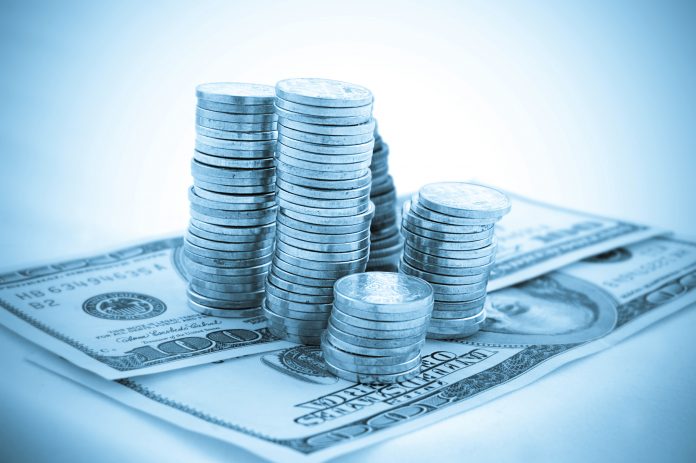The U.S. Dollar dropped as the Federal Reserve re-affirmed its willingness to cut interest rates during its testimony. However, the greenback rebounded as data showed increases in inflation that may impact the longer-term picture. 10-year yields dipped to 1.96 per cent before rising back to 2.13 per cent, as market participants became concerned that rate-cut euphoria might have been overdone.
The DXYDollar index, an index that measures the U.S. Dollar’s value against a basket of major currencies movedfrom a high of 97.53 to a low of 96.01 before rebounding to 97.04. Against the Thai Baht,the U.S. Dollar dropped from 31.44 to 30.88, indicating Baht strength. The Thai Baht is up more than five per cent against the U.S. Dollar and many other currencies so far this year.
From its already battered position, theBritish Pound has continued to drop even further. The currencyhit 1.2395 against the U.S. Dollar after breakingbelow the all-important 1.2500 mark. On the days when the cross-rate did improve it was mainly due to Dollar weakness rather than any strength in the Pound.The Pound appears to be at a critical juncture. Market uncertainty continues to surroundUK political, economic, interest rate and Brexit outlooks. Already half of the six-month Brexit extension appears to have been squandered, and with ministers due to take a long holiday until well into September, Brexit negotiations look set to become yet another completely avoidable last minute rush. Against the Thai Baht, the Pound fell from its already 20 year low at 39.21 down to 38.34 and no respite appears to be in sight just yet.In recent surveys, Sterling was singled out as the least attractive investment in the short to medium term. A steep drop could happen according to Virgin boss Richard Branson who warned that the Pound could fall to as low as parity with the US Dollar if a no-deal Brexit occurs. Yet at the same time, some funds are increasing their exposure to the Pound at current levels citing it as historically cheap.
The U.S. Dollar vs. Japanese Yencross rate has seen muted volatility, moving from a high of 108.56 down to 107.01 before rebounding to 107.90. These moves have mainly followed the US Dollar. The Japanese Yen vs. Thai Baht spot rate moved from 0.2874 down to 0.2838, furtherindicating a strengthening of the Thai Baht.
The Russian Ruble has movedfrom 64.33 to 62.76 to the US Dollar in a relatively sideways motion. International politics have somewhat shifted away from Russia for now, with the focus on trade issues with China, India and Europe. Against the Thai Baht,the Ruble moved ever so slightly from 0.4845 to 0.4923.
The Euro / U.S. Dollar cross-rate rose from 1.1228 to 1.1406 as the Dollar weakened, but returned to 1.1233 as the trade reversed. This will be good news for outgoing ECB President Mario Draghi,as a lower currency is welcomed, but the U.S. President will be none too pleased that the weakness of the Dollar was only temporary. Against the Thai Baht,the cross rate continued to move down further, from35.03 to 34.61.









